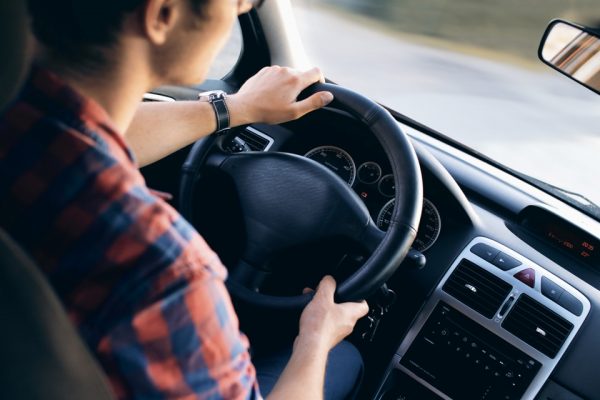

Over the last 10 years, ride-sharing has turned the global transportation industry on its ear. By mid-2017, the largest companies in the space — Uber and Lyft — together were thought to be valued around $60 billion. As the growth continues, more attention is being directed toward the exposures posed by limitations in the drivers’ personal auto insurance policies, which were never intended for the commercial exposure of ride-sharing.
Many states have passed legislation designed to provide needed clarity for personal auto insurance companies, ride-sharing services and their drivers. And while not all states have such legislation on the books, there is now a general consensus as to when the coverage under the driver’s personal auto insurance policy ceases and the commercial insurance offered by the ride-sharing service begins.
Here’s the background: Ride-sharing services typically contract services out to drivers who personally own the vehicles used. An accident that occurs while the driver is not “on”-that is, not on duty working for the ride-sharing service-would be addressed by that driver’s personal auto insurance policy. But an accident that occurs while the driver is “on” duty and working for the ride-sharing service must be addressed elsewhere, because it would not be covered by the driver’s personal auto insurance policy. Typically, the ride-sharing service would provide a commercial insurance policy to cover its drivers.
The term “on” is often broken into three phases. It’s important to note that a ride-sharing service’s commercial insurance coverage may differ depending on which ride-sharing service is involved and which phase the driver is in when the accident occurs.
Phase 1. The driver has logged into the ride-sharing app and is waiting for a fare. For an accident occurring during this phase, a ride-sharing service’s commercial insurance policy may or may not apply or may offer only limited liability coverage. In some cases, it could also include uninsured or underinsured motorist coverage or other types of liability and medical insurance.
Phase 2. The driver has accepted a fare and is en route to pick up the passenger. For an accident occurring during this phase, a ride-sharing service’s commercial insurance policy may offer higher limits of liability than are offered in Phase 1. It may also include uninsured or underinsured motorist coverage, other types of liability and medical insurance and physical damage (sometimes called “collision” or “comprehensive”) insurance for the driver’s vehicle. (In some cases, the driver may have to prove that his or her personal auto insurance policy includes physical damage coverage before the commercial insurance policy will cover damage to the driver’s vehicle. The commercial insurance policy may also require the driver to absorb a deductible.)
Phase 3. The driver has accepted a fare and has a passenger riding in the vehicle. For an accident occurring during this phase, a ride-sharing service’s commercial Insurance policy may offer the same or broader coverage than what’s offered in Phase 2.
Once the fare is completed, the driver returns to Phase 1.
Gaps in the Ride-Sharing Service’s Commercial Insurance Coverage
A ride-sharing service driver should be concerned that an accident may not be sufficiently covered due to gaps between the personal auto insurance policy and the ride-sharing service’s commercial insurance policy.
For example, suppose a driver is in “Phase 1” when another hit-and-run vehicle forces him off the road. If the ride-sharing service’s commercial policy does not include uninsured motorist coverage during Phase 1 and the personal auto insurance policy excludes this coverage due to the driver being “on” duty at the time of the accident, then the ride-sharing service driver is left without coverage in the gap.
As another example, let’s assume that the accident is a terrible one that injures multiple people. As it turns out, the liability offered by the ride-sharing service’s commercial insurance policy is insufficient to cover the full damages. Because the driver was “on” duty at the time, neither the driver’s personal auto insurance nor personal umbrella insurance policies will contribute dollars to the claim. Once again, the ride-sharing service driver is stranded without coverage in the gap.
Finally, drivers should always consider their own health and protection if injured in an accident. Ride-sharing drivers should inquire about what — if any — insurance coverage the ride-sharing service offers to compensate injured drivers.
Close the Gaps
A Trusted Choice® Independent Insurance Agent like Avery Hall Insurance in Salisbury, Easton, Bridgeville, Seaford and Milton can help evaluate potential gaps for ride-sharing drivers and find solutions to close them. If you’re considering becoming a ride-sharing driver, contact your agent and discuss your insurance before accepting that first fare.
